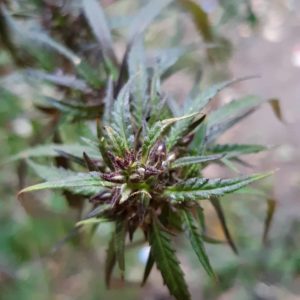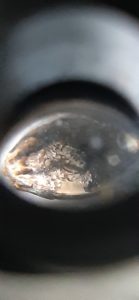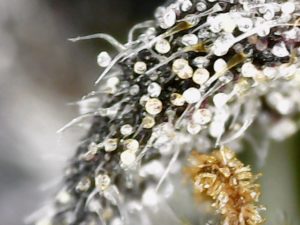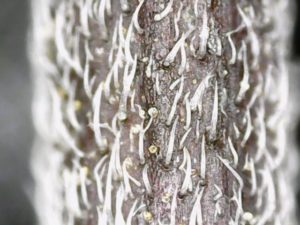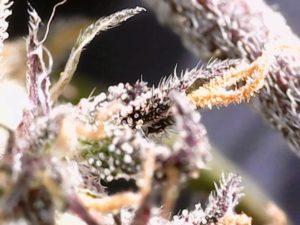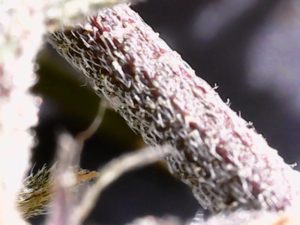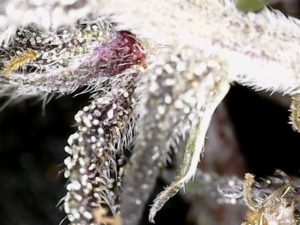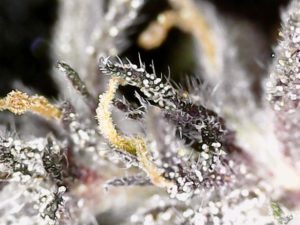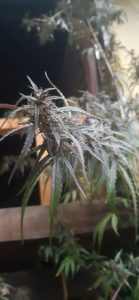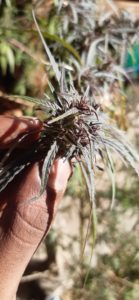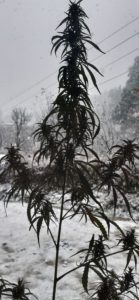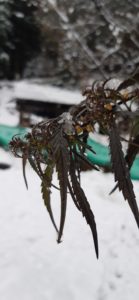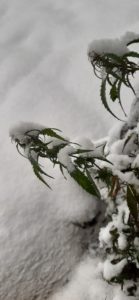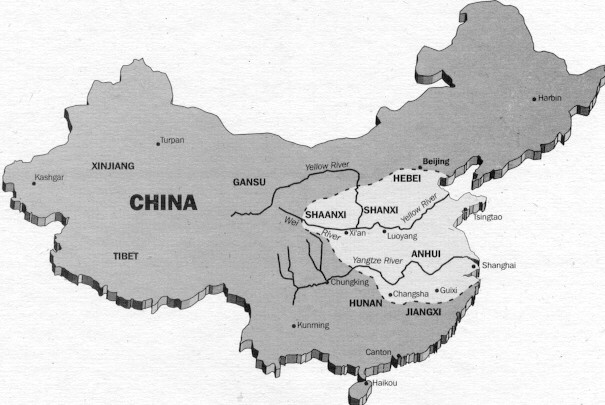Cannabis is different to human beings one grate exsample is Hermaphroditism, also referred to as intersex and in humans a hermaphrodite is sterile were in cannabis they can reproduce.
Humans are NOT hermaphrodites at all. These are growth defects; Some people are born without legs, some with too many fingers, they can find parts of jaw bones with teeth in peoples stomachs and what else, and some are born with parts of male and female sex organs but only one of these organs actually work, if not even one of those. This is not hermaphroditism, but growth anomalies/defects.
In our modern times some people want to push the human hermaphrodite-theory but it’s false. Humans are not hermies nor are chimpanzees or other apes. Immaculate conception is a fairly tale too.

